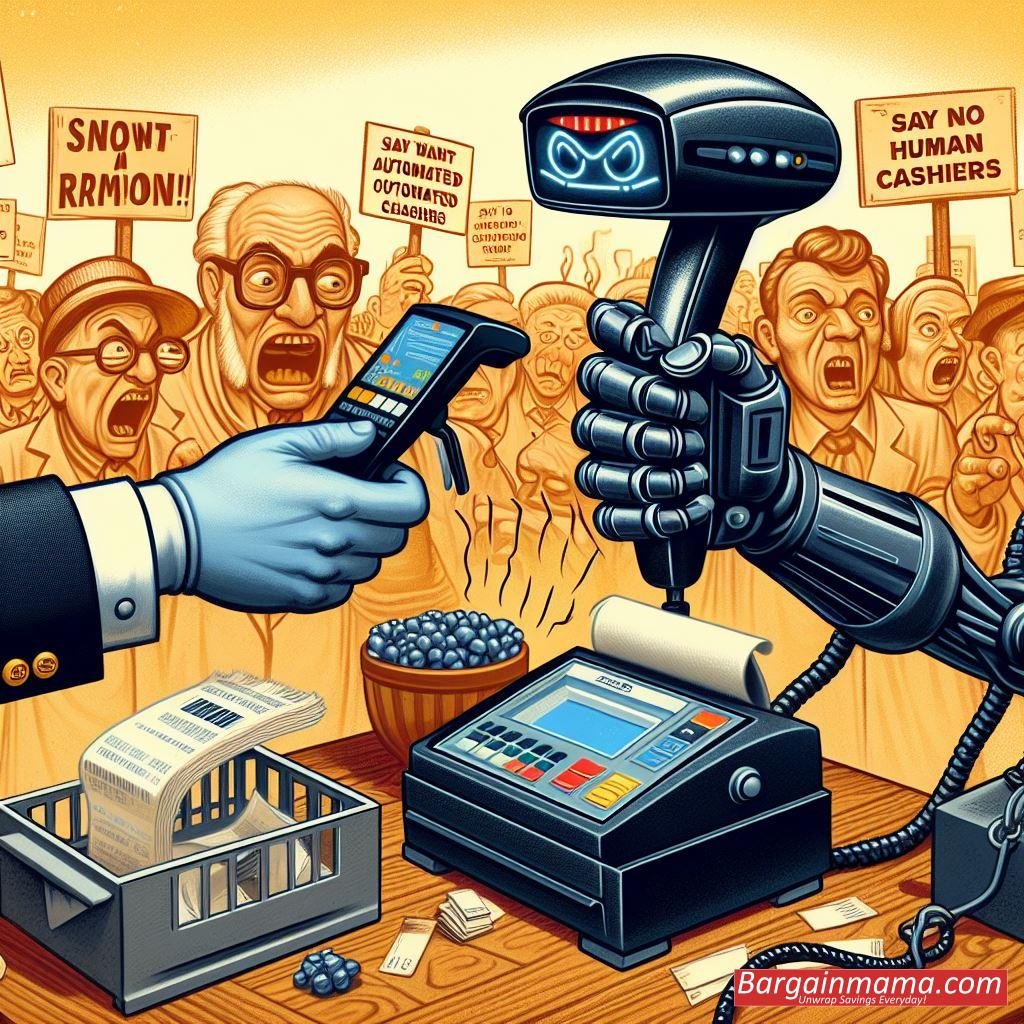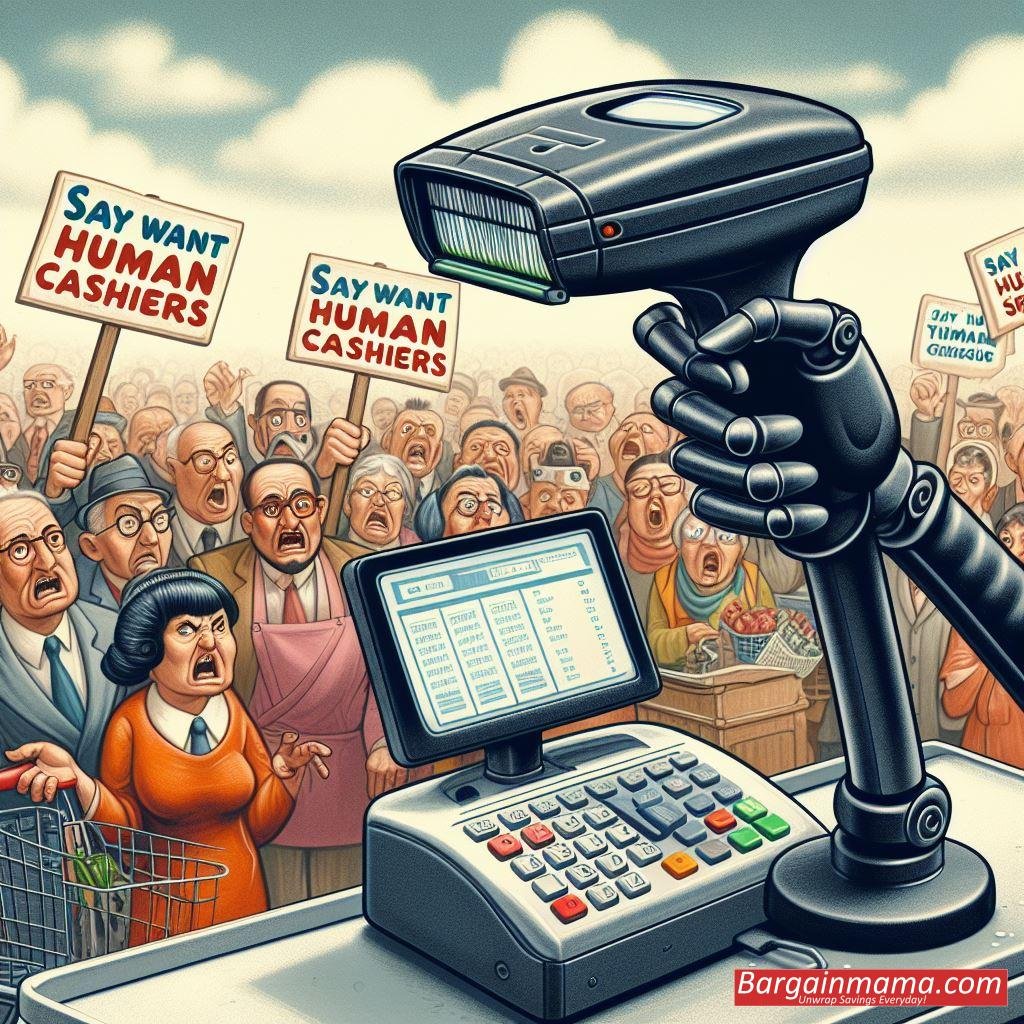In the changing retail environment, the much-praised self-checkout experiment seems to be coming apart. Retailers and customers are becoming more and more dissatisfied, which has led to a review of these automated cashier equipment. Even though self-checkout may not be going away anytime soon, there are indications that the massive experiment may be coming to an end. According to a recent BBC investigation, analysts and industry insiders are increasingly in agreement that self-checkout has been disastrous for customers as well as shops.

Changing Direction
Retail behemoth Target made a bold move in 2023 when it limited the use of self-checkout machines in select locations to transactions involving ten or less products. Walmart went one step farther and turned off these machines at several different locations. A British supermarket business called Booths completely gave up on self-checkout across the pond. Dollar General suffered a loss when the self-checkout initiative failed, despite having made large bets on the technology in 2022. In a sharp reversal of their earlier checkout approach, Dollar General CEO Todd Vasos revealed plans to expand the number of personnel in shops, notably in the checkout area, after acknowledging the failure on a December earnings call.
“We had relied and started to rely too much this year on self-checkout in our stores,” Vasos stated to investors. “We should be using self-checkout as a secondary checkout vehicle, not a primary.”

The Mystery of Theft
The pervasive problem of stealing is a major element in the demise of self-checkout. These machines are not only very easy to steal from, but the self-checkout procedure itself frequently inadvertently promotes theft. According to reports, customers are 21 times more likely than human cashiers to smuggle goods past computers. In addition, a Lending Tree survey found that 5% of consumers acknowledged unintentionally stealing things while self-checking out. Remarkably, one in seven customers acknowledged intentionally robbing self-checkout machines.
The repercussions of theft for retailers extend beyond just lost sales. Self-checkout devices not only treble the rate of theft but also raise personnel expenses. Workers find themselves taking time away from their main responsibilities to help consumers who are having trouble navigating the complex and prone to errors kiosks. Contrary to predictions, analysts speculate that these devices might potentially raise total costs, dealing a severe blow to the industry—especially given the high cost of installation. The price of a four-machine system can approach six figures.

Dissatisfied Customers
Even if as of 2021, 60% of customers said they preferred self-checkout, things are starting to change. Despite 67% of respondents reporting self-checkout machine malfunctions, this preference still stands. Consumer dissatisfaction is on the rise due to a variety of issues, such as time wastage and theft allegations.
Even while business is keen to replace human workers with robotic alternatives, it seems that humans still have certain advantages over automation. With the self-checkout experiment coming to an end, the retail industry might be ready to reassess its goals and values in light of the importance of knowledge and human connection in the shopping experience. If the self-checkout horror is about to come to an end, it will take some time to find out.



